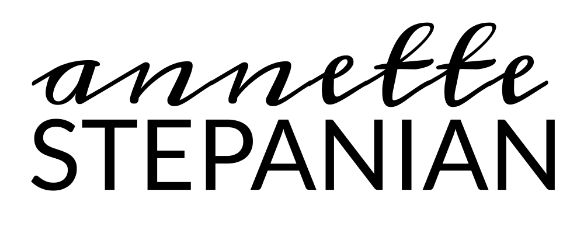The 4 Books I Read this Year that Shaped My Approach to Business (and Life)
Read More
The other day I went to reach for a pen from the jar on my desk. Although it’s overflowing with pens and markers of all colors and types, the first few I pulled didn’t work – they were all dried out.
It got me thinking about how much stuff I’ve filled my life with that isn’t serving me anymore. I’m not just talking about pens or material things, but stuff – ideas, to-dos, thoughts, and as much as I hate to admit it, even people who bring little value to my life.
This year I read a few books that instilled this idea of doing more with less, focusing on the essentials, and prioritizing on the value driven activities. As we enter into a new year, my goal is to take these ideas of simplicity and essentialism into the upcoming year.
If you resonate with what I’m talking about, then I’d encourage you to check out the top four books I read this year that most influenced my thinking and approach.
The 12 Week Year by Brian P. Moran and Michael Lennington
Does this sound familiar? You set out to achieve well-intended goals and projects at the beginning of the year to only see them go unrealized by the time December 31st rolls around. In the 12 Week Year, the authors encourage redefining your year to be only 12 weeks. Why? Because a 12-week year is long enough to make significant accomplishments, but short enough to maintain the sense of urgency and momentum needed to stay focused and motivated to accomplish the goal. It forces you to focus on the projects and tasks that will deliver the highest impact on your ultimate vision.
I’ve applied this thinking to my business over the past few weeks and although I haven’t been implementing it 100%, I have to admit that it has helped me to stay focused on the projects I’ve identified as the most important for moving the needle forward in my business and life. So when another enticing project (aka “Shiny Object”) comes along that will pull me away from my plan, it forces me to pause and think through whether or not that project is going to move me closer to my ultimate vision or if it’s going to distract me. If it’s the latter, I either say “no” or put it on a list to revisit it again in the future.
Essentialism: The Disciplined Pursuit of Less by Greg McKeown
Essentialism is based on the philosophy that it isn’t about doing more to achieve more. Rather it’s about “doing less, but better.” The book has forced me to evaluate the reasoning behind why I do things, to ascertain their value, and to confidently eliminate the unnecessary tasks or activites (and thoughts!).
The Pumpkin Plan by Mike Michalowicz
At the suggestion of a marketing consultant friend of mine, I picked up The Pumpkin Plan when I was evaluating my own marketing efforts. After reading an article about a local farmer who had dedicated his life to growing giant pumpkins, the author applied the same process to growing his business. He encourages you to focus on identifying the “one thing” that you do better than anyone else and to focus your attention on it. You then figure out which customers provide the most value and best opportunities for growth. An essential part of doing this is also to eliminate the services, products, and customers who may interfere with becoming the best in your field. In essence, it encourages you to focus and to niche down.
As the old marketing saying goes, “if you’re selling to everyone, you’re selling to no one.” Although at first it feels scary to niche and focus down, after applying this philosophy to some of my projects, I see the value of it. By staying truly focused on who you are, what you do, and who you serve, it becomes easier to craft your marketing and communications. It also helps you streamline and achieve economies of scale with your products and time.
The Big Leap: Conquer Your Hidden Fear and Take Life to the Next Level by Gay Hendricks, PhD
I’d recommend The Big Leap to anyone, regardless of whether or not you run your own business. The book identifies the different ways we “upper limit” ourselves or in other words, stop the flow of positivity into our lives. According to Hendricks, we each have an inner thermostat for positivity. He writes:
“Each of us has an inner thermostat setting that determines how much love, success, and creativity we allow ourselves to enjoy. When we exceed our inner thermostat setting, we will often do something to sabotage ourselves, causing us to drop back into the old, familiar zone where we feel secure…” – Gay Hendricks
The book identifies the common ways we upper limit ourselves and show us how to eliminate these barriers to success by overcoming false fears and beliefs.

